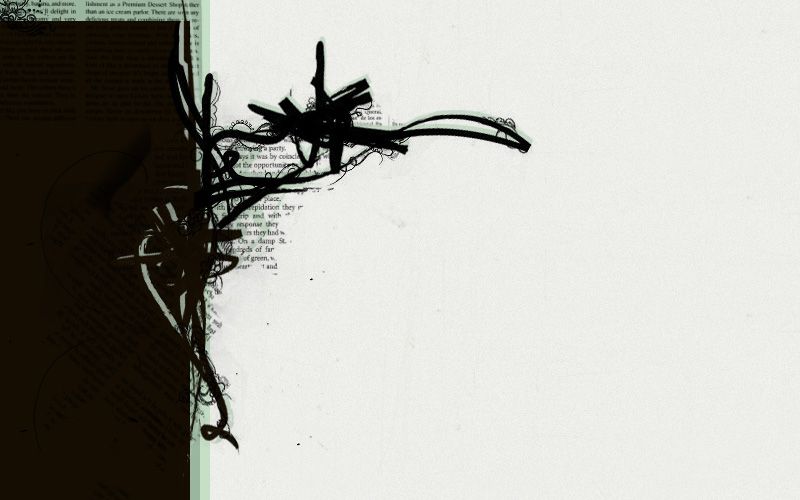Wednesday, February 24, 2010 . 12:52 AM
Pakistan earthquake struck on 8th of octoberv2005 at about 8:50a.m. It struck an area known as Kashmir. Kashmir is a mountain region on the border between India and Pakistan. Both countries claimed to own it but neither recognised other’s existence. The earthquake was measured 7.6 on the moment magnitude scale. Buildings such as houses, schools hospitals, were destroyed within seconds. Leaving 3.3 million people homeless and 74 thousands of life was lost. Although there were properties damage and death cases reported in the India-governed section, the destruction in Pakistan was much worse.About 40-50 million years ago, India plate slammed into Eurasia plate. Because both India and Eurasia were continents the Eurasia crust crumpled upwards, the leading edge of India was eventually forced underneath the continent in a process geologists call subduction. However, as India continues to move slowly north, it gets hung up and energy builds. When enough energy builds up, there are short bursts of movement, releasing this massive energy and shaking and buckling the ground resulting in the Pakistan earthquake.
After the earthquake numerous earthquakes make the condition even more badly. The earthquake caused hundreds of deadly landslides. People who had escaped the earthquake were buried again by the land slides. The landslide also broke telephone and power lines, making it very difficult for the survivors to call for help. Landslide also blocks roads, stopping survivor from escaping. They also prevent the rescue worker from reaching the survivors. Hundreds of hospital was destroyed which make it hard to treat the survivor. Some landslide also blocked valleys, creating natural and temporary lakes. They could break anytime and flood the surrounded area.
After the earthquake, aftershocks continued to shake Kashmir. The greatest one was measured 6.3 on the richer scale. The aftershocks also buried some of the remaining survivor escape from the earthquake. Millions of people were left homeless after the earthquake. Many did not want to be inside the buildings because they were afraid another aftershock will come and buried them.
As Himalayan winter arrived, rescued team were afraid that the survivors might not stand the cold and will freeze to death. Many survivors began the long walk to camps being set up in the hills and valley. Some had to walk miles inured to reach there. Other refused to leave their “once call home” land.
Relief workers organized the camps and provided food, shelters and health care for the remaining survives. Camps were quickly set up but soon became overcrowded. Camps became the home of thousands families.
On March 31, 2006, the Pakistan government turned off electricity and water in the camps. They were afraid that the survivors will became too relied on the aid they received from the volunteer. Many survivors took the tents with them because their homes were destroyed.
Even after 6 months, many villages look the same as they had been after the earthquake. Millions of dollars are still needed to help rebuild the facilities that were destroyed by the earthquake.
Refers to:
Title: Nature in the New: THE PAKISTAN EARTHQUAKE
By: colleen adams
Published by: Power kids
National Library Book
http://www.sciencebuzz.org/blog/the_science_of_the_pakistan_earthquake
http://en.wikipedia.org/wiki/2005_Kashmir_earthquake
